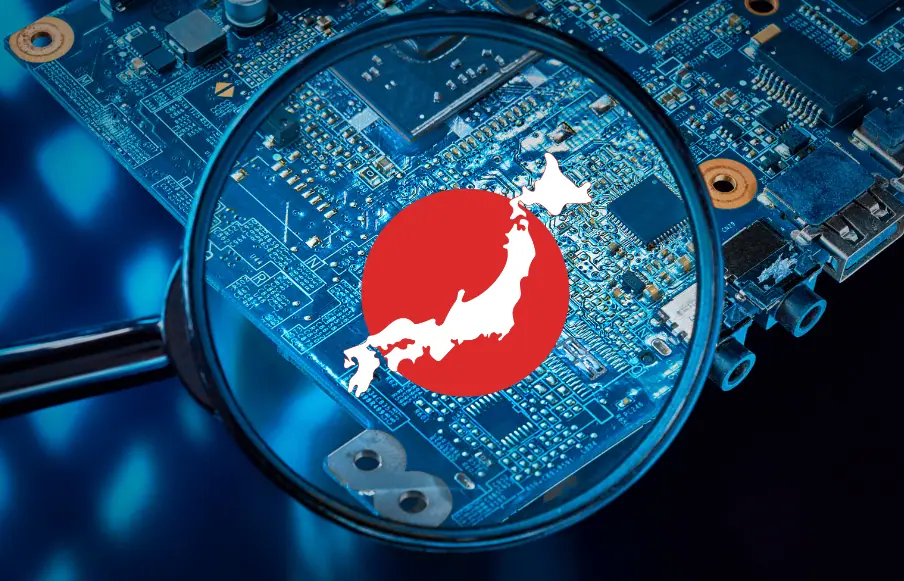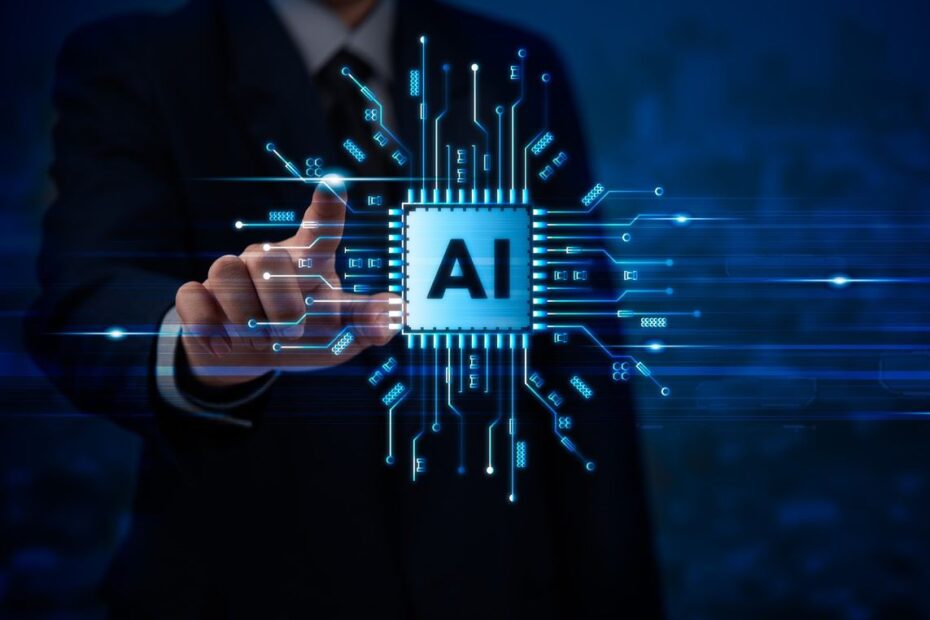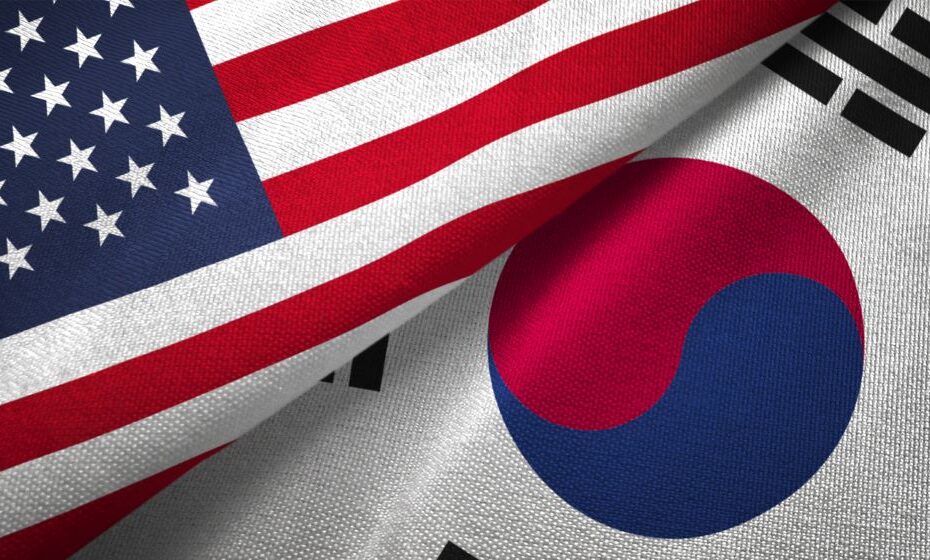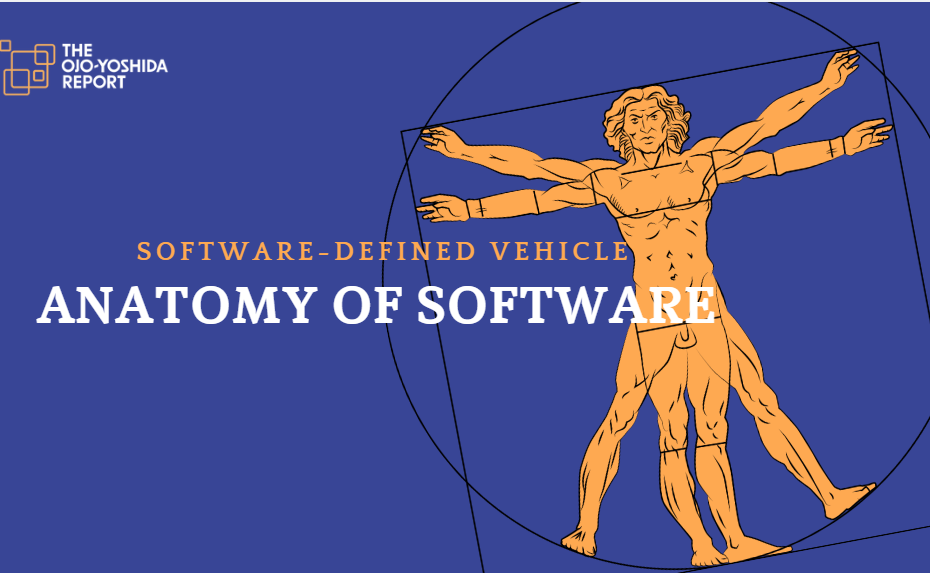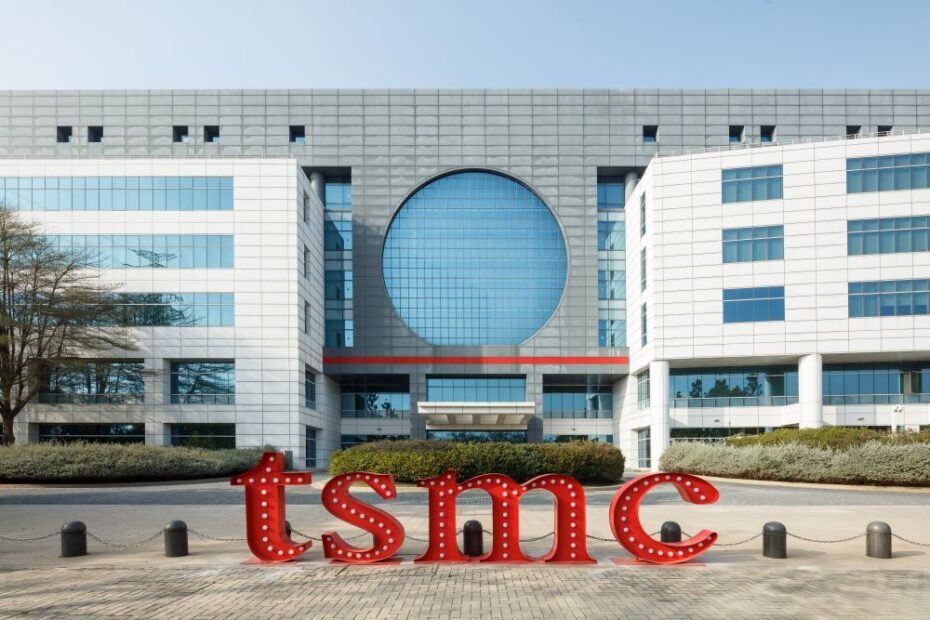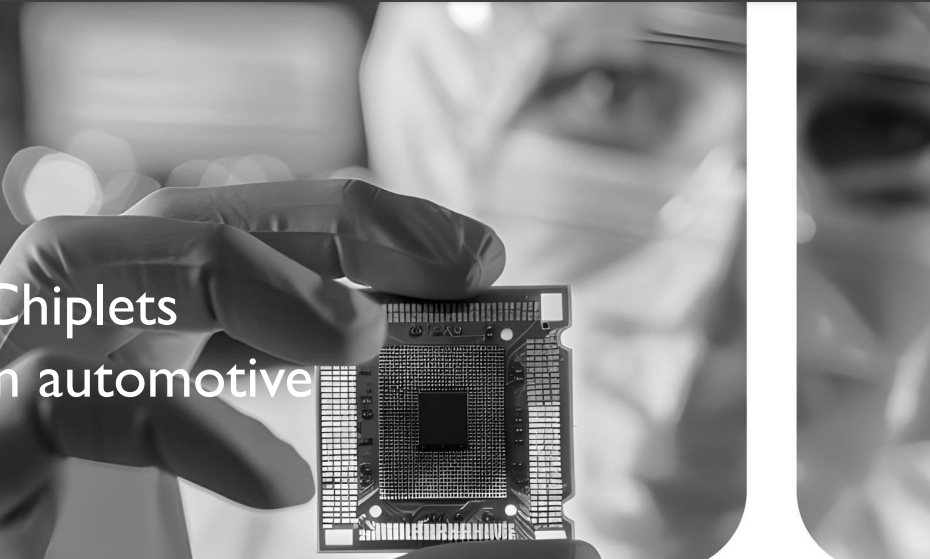By Clive ‘Max’ Maxfield
What’s at stake:
“Chiplet technology is revolutionizing the semiconductor industry by offering alternative advantages compared with traditional monolithic designs,” says IDTechEx research director Xiaoxi He, adding it will become a $411 billion business by 2035. Chiplets are certainly getting popular, but basic questions about the technology, its history, and innovations required keep cropping up. Our columnist explores the fundamentals of chiplets and gives his prognosis about the future.
It seems like everyone is talking about chiplets and multi-die (chiplet-based) systems these days. This is one of those topics that many people think they understand… right up until the time they try to explain it to someone else.
The most embarrassing thing is when the person with whom you are “waxing eloquent,” as it were, poses an awkward question, like “So, what’s the difference between a hybrid microelectronic assembly (HMA), a multi-chip module (MCM), a system-in-package (SiP), and a multi-die system using chiplets?”
“Ah, that’s a very good question,” you reply, quickly followed by, “Good grief! Is that the time? Hold that thought and we will return to this topic when next we meet,” with your voice fading away in the distance as you head out of the door and run for the hills.
In fact, there are a whole bunch of interrelated concepts here, and it can be difficult to wrap your brain around all the nitty-gritty details, so before we proceed to peruse and ponder the latest and greatest happenings in chiplet space (where no one can hear you scream), it’s probably worth our while to take a little time to set the scene.
Read More »The Evolution and Future of Chiplets 
